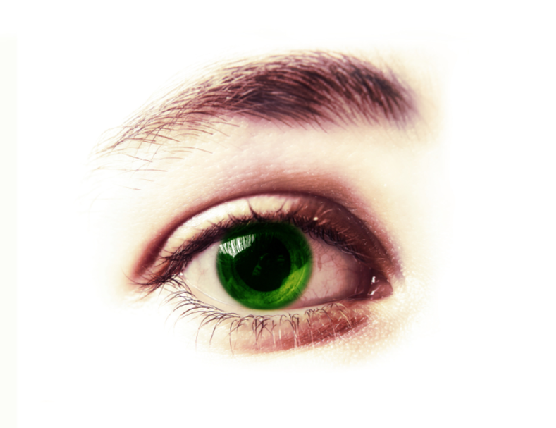Most people tend to take clear sight for granted, but people with vision problems understand how important it is. Fortunately, new surgeries are capable of restoring many people’s sight. Boston Eye Group’s potential LASIK patients typically want to know all that they can about their LASIK procedure and how it affects the eye to produce better vision.
Here are a few major components of the eye and how they work together to allow you to see:
- Cornea
The cornea is the clear cover of your eye that refracts light through the lens onto your retina. If the shape of the cornea is altered or damaged, it may lead to myopia and hyperopia. LASIK reforms the cornea’s shape, restoring normal sight.
- Lens
The lens of your eye is just behind your pupil and iris. It works with the cornea to refract light so that it can be properly received by your retina.
- Vitreous Fluid
The vitreous fluid is what fills the main body of your eye. It allows light to move through it to the retina from the lens and cornea. High pressure of the vitreous fluid is associated with glaucoma.
- Retina
The retina receives light from the lens and cornea and transmits visual information to the optic nerve. If the cornea and lens do not correctly focus light so that it hits the retina, then the result is near- or farsightedness.
- Optic Nerve
The optic nerve transfers light information from the retina to the brain, where it is interpreted as vision.
Myopia and hyperopia can usually be reversed by LASIK corrective surgery. If you suffer from imperfect vision and live in the Boston area, contact Boston Eye Group at (617) 566-0062 to learn about your laser surgery options.
